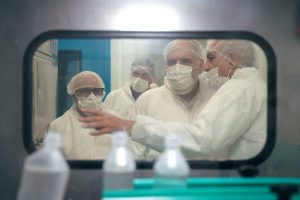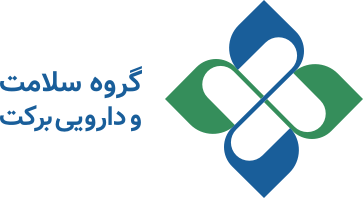
Iran’s Health Economy in Post-Sanctions Era: Scenarios of Growth & Stagnation
Barekat Health & Pharmaceutical Group:The health economy represents one of the essential pillars of any nation, directly influencing the quality of life and sustainable development of its society. In Iran, the healthcare sector, particularly the pharmaceutical and medical equipment industries, stands as a significant contributor to the national economy.
However, years of international sanctions have deeply affected this industry, restricting access to essential medicines, advanced medical technologies, and raw materials.
With the advent of the post-sanctions era, following pivotal international agreements and nuclear negotiations, Iran’s healthcare economy finds itself at a crossroads. The new landscape offers unique opportunities for growth but simultaneously presents significant challenges that could hinder progress.
This study delves into the potential scenarios for the future of Iran’s pharmaceutical and medical equipment sectors in the post-sanctions period. It analyzes the impact of international agreements, opportunities for foreign investments, domestic and global challenges, and the ability to meet the growing demands for healthcare services in Iran. These scenarios aim to provide policymakers, investors, and industry stakeholders with strategic insights to enhance the sector and achieve developmental milestones.
Impact of Sanctions on Iran’s Healthcare Economy
Understanding the current state of Iran’s pharmaceutical and medical equipment industries requires a comprehensive analysis of the challenges imposed by sanctions. International sanctions, particularly those targeting economic and financial sectors, have severely disrupted pharmaceutical production and supply chains in Iran. These restrictions have made the procurement of essential medicines and advanced medical technologies increasingly difficult, leading to shortages and a decline in healthcare quality.
Key impacts include:
- Medicine Shortages: Access to critical medications, including cancer treatments, biologics, and advanced therapies for chronic diseases, was significantly limited.
- Constraints on Domestic Production: Iranian pharmaceutical companies faced shortages of raw materials and advanced manufacturing equipment, resulting in reduced production capacity and quality.
- Decline in Exports: Sanctions also hindered Iran’s ability to export pharmaceuticals and medical equipment, limiting its access to international markets.
- Technological Isolation: Many countries avoided transferring medical and pharmaceutical technologies to Iran, delaying the adoption of innovations in the sector.
Post-Sanctions Scenarios: Opportunities & Challenges
In the post-sanctions era, Iran’s healthcare economy faces four potential scenarios—each defined by varying degrees of growth and stagnation based on domestic and international dynamics.
1.Growth Scenario: Revival of the Pharmaceutical and Medical Equipment Industries
In this optimistic scenario, Iran capitalizes on the opportunities presented by sanctions relief. Key developments include:
– Increased Access to Raw Materials and Technologies: The easing of sanctions facilitates the importation of essential raw materials and state-of-the-art equipment, enabling local pharmaceutical companies to improve production quality and capacity.
– Foreign Investments: International investors, attracted by Iran’s untapped market potential, enter the pharmaceutical and medical equipment sectors. Joint ventures with multinational corporations accelerate innovation and boost production.
– Regional Leadership: Iran leverages its strategic location to become a hub for pharmaceutical exports in the Middle East and Central Asia, meeting regional demands for affordable, high-quality medicines.
2. Stagnation Scenario: Persistent Challenges Despite Sanctions Relief*
In this scenario, despite sanctions relief, domestic challenges and global competition hinder growth. Critical barriers include:
– Structural Weaknesses: Issues such as bureaucratic inefficiencies, corruption, and lack of regulatory coherence deter foreign investors and stifle domestic innovation.
– Limited Technological Advancement: Without significant investments in research and development, Iran struggles to compete in global markets dominated by technologically advanced players.
– Budget Constraints: Inadequate funding for healthcare infrastructure and innovation limits the sector’s capacity to expand and modernize.
3. Scenario of Growth Through International Agreements
International agreements, particularly those following the Joint Comprehensive Plan of Action (JCPOA), open pathways for collaboration between Iran and global healthcare leaders. Notable outcomes include:
– Strategic Partnerships: Foreign pharmaceutical giants establish partnerships with Iranian firms to co-produce advanced drugs and medical technologies.
– Research Collaboration: International collaborations in clinical trials and medical research boost Iran’s capabilities, particularly in cutting-edge areas such as biologics and targeted therapies.
4. Scenario of Domestic and Global Challenges
This pessimistic scenario envisions a continuation of internal and external challenges that inhibit the healthcare sector’s progress:
– Persistent Structural Issues: Weak regulatory frameworks, corruption, and insufficient support for innovation deter investments.
– Renewed Sanctions: Potential reimposition of sanctions or trade restrictions disrupts supply chains and halts technological collaborations.
– Brain Drain: The emigration of skilled professionals hampers efforts to modernize and expand the pharmaceutical industry.
Strategic Priorities for the Post-Sanctions Era
To navigate these scenarios effectively and ensure sustainable growth in the healthcare economy, Iran must prioritize the following strategies:
1. Attracting Foreign Investments
– Create a conducive environment for foreign investors through regulatory reforms and incentives.
– Promote joint ventures to facilitate technology transfer and build local capacities.
2. Developing Export Markets
– Strengthen trade relationships with neighboring countries in the Middle East and Central Asia.
– Focus on producing generic and biosimilar medicines to meet the needs of emerging markets.
3. Overcoming Structural Challenges
– Reform governance and regulatory frameworks to improve efficiency and transparency.
– Address corruption and foster greater collaboration between public and private sectors.
4. Fostering Innovation and Research
– Invest in cutting-edge technologies such as nanotechnology, biotechnology, and gene editing.
– Support start-ups and knowledge-based enterprises to drive innovation.
5. Building Human Capital
– Enhance education and training programs in advanced pharmaceutical sciences.
– Incentivize skilled professionals to remain in or return to Iran.
Conclusion
The post-sanctions era presents a pivotal moment for Iran’s health economy. While the challenges are significant, the opportunities for growth are equally promising. By adopting a strategic approach that emphasizes innovation, international collaboration, and structural reforms, Iran can transform its healthcare sector into a regional leader and a global competitor.
Achieving this vision requires sustained commitment from policymakers, industry leaders, and investors to create a resilient, innovative, and globally integrated healthcare economy. If successful, Iran can not only meet its domestic healthcare needs but also emerge as a major player in the international pharmaceutical and medical equipment markets.
-
Voice of Life in World of News — Redefining Health Journalism in the Information Age

-
Senior Health Officials & Barkat GD Visit Sobhan Oncology
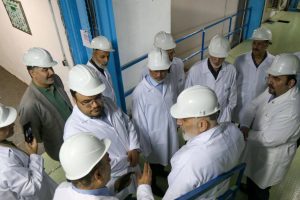
-
Barkat Group specialized meeting
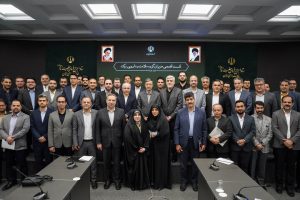
-
Safa Appointed as Barekat General Director
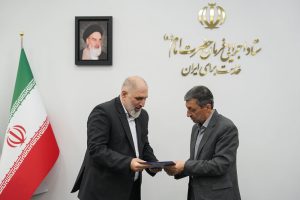
-
Barekat Health & Pharmaceutical Group at the 10th Iran Pharma Exhibition
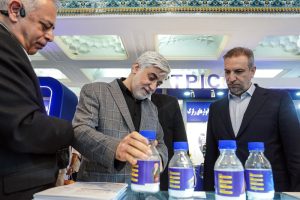
-
Ali Safa visits Sobhan Oncology & Sobhan Darou
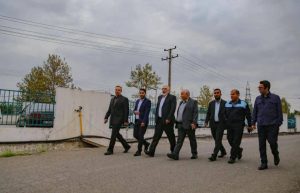
-
Pirsalehi & Safa visit Saman Daroo 8 Knowledge-based Company
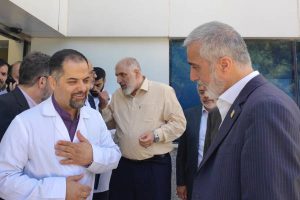
-
Barekat Managing Director Visits Samen Pharmaceutical Company
